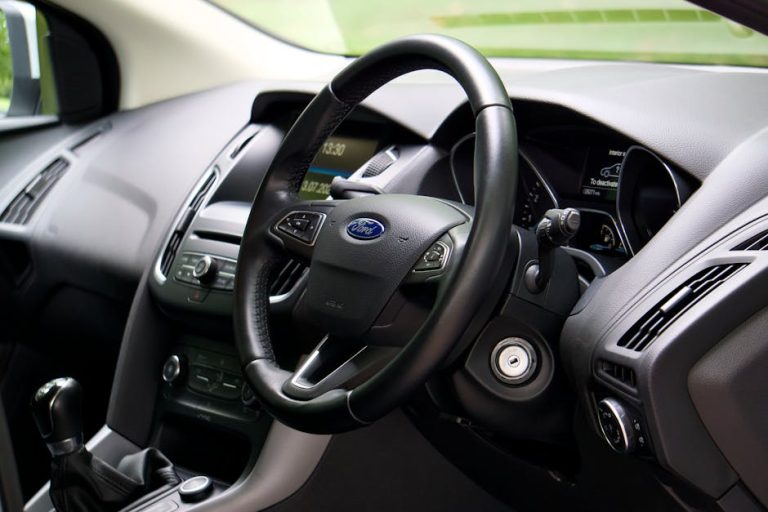So you’re thinking about Google Ads for 2025. You’ve heard the stories people making a ton of money, and you want in. The big question on your mind, the one you probably typed into the search bar to get here, is a simple one. How quickly do you make money from running Google Ads? Everyone wants that fast cash, that instant return.
The honest answer? It’s almost never instant. It’s a process that is generally considered to be a marathon not a sprint. Anyone who tells you that you’ll be rolling in profit in your first week is probably trying to sell you something. Let’s break down what a realistic timeline actually looks like, without all the guru fluff. It is a journey that has different stages.
The “It Depends” Answer Nobody Likes (But It’s True)
Look, how fast you see a return on your ad spend is tied to a bunch of things. It’s not a simple A + B = C formula. The speed of your success, it’s really dependent on these parts.
Your industry matters a lot. A plumber in a small town will have a different experience than an online store selling t-shirts nationally. Some areas are just more competitive and expensive than others.
Your budget is another big one. A bigger budget lets you get data faster. More data means you can make smart choices quicker. A small budget can still work, it will just take longer.
Then there’s your website and what you’re selling. Your website if it’s slow and confusing will just send people away. And your offer has to be good, something people actually want to buy.
What’s a Realistic Timeline for Seeing Money from Google Ads?
For most businesses just starting out, the path to making a profit from Google Ads can be broken down into a few phases. Don’t expect to see much in the first few weeks, that’s just not how this normally works.
Phase 1: The First Month (The Learning Phase)
The first 30 days are all about information. You’re not really trying to make a profit yet. It is the phase where you are basically paying Google for information that is going to help you later. Your campaigns are in what’s called a “learning period.”
Google’s computer brain is figuring out who to show your ads to. It’s testing things, seeing what clicks. You’re also learning during this time.
During this month you’ll be:
Spending money to see which keywords get clicks.
Finding out which ad copy people respond to.
Getting an idea of your initial cost for a click.
Not likely making any real profit at all.
Think of this as the setup cost. You have to spend money to learn what works and what doesn’t. You are setting the foundation.
Phase 2: Months 2-3 (Getting Your Bearings)
Okay, you’ve got a month of data. Now you can start making some changes. This is when you begin to steer the ship instead of just letting it drift. This part is about making things better.
You’ll look at the information from month one and start turning off the bad stuff. Those keywords that spent money but never led to a sale? Gone. The ads that nobody clicked on? Paused.
Typically, this is where you might start to break even. For every dollar you put into ads, you might get a dollar back in sales. That’s not profit, but it’s a huge step. You’ve stopped the bleeding.
Phase 3: Month 4 and Beyond (The Growth Stage)
This is where the magic is supposed to happen. By now you have a good idea of what works for your business. You have winning keywords, ads that get attention, and you’ve cut out most of the waste.
Now you can start to carefully increase your budget on the parts of the campaign that are working well. This is when you should, hopefully, start seeing a consistent return on ad spend (ROAS). You’re putting in one dollar and getting two, three, or more dollars back. This is the goal.
Big Things That Speed Up (or Slow Down) Your Google Ads Profits
Some things can really change that timeline we just talked about. If you have these things lined up, you could see profits much faster. If you don’t, it could take a lot longer than three months.
Your Budget Size: This is a big one. A $500 a month budget will learn much slower than a $5,000 a month budget. More money means more clicks, which means more data, which means faster decisions. It’s just how it is.
Your Product/Service Price: If you sell a $2,000 service, you only need one or two sales a month to be profitable. If you sell $15 phone cases, you need to make a whole lot of sales. High-ticket items can sometimes see profit faster, assuming your cost per sale is under control.
Your Website Experience: I can’t say this enough. If your website is a dud, you will lose money on Google Ads forever. It needs to be fast, easy to use on a phone, and make it simple for people to buy from you. A bad website will kill a good ad campaign.
How Competitive Your Niche Is: Trying to rank for “car insurance” is going to be a long, expensive battle against huge companies. Trying to rank for “custom birdhouses in Boise” will be way easier and cheaper. Competition directly impacts your ad costs.
A Quick Word on “Profit” vs. “Revenue”
This is a mix-up that costs people a lot of money. When your Google Ads dashboard says you made a $100 “conversion value” or sale, that’s revenue. That is not your profit.
You have to subtract what you spent on ads. If you spent $60 on clicks to get that $100 sale, your return is $40.
Then you have to subtract the cost of the product or service itself. If that $100 product cost you $30 to make, your real profit is only $10. A lot of people forget this part.
FAQs: How Quickly Do You Make Money From Running Google Ads?
1. Can you make money from Google Ads in the first week?
It’s extremely unlikely. The first week is purely for data collection. Expect to lose money as you pay for information. Any sale you get is mostly luck at this point.
2. How much should I spend on Google Ads to make money?
There’s no magic number. A better way to think is having a budget large enough to get at least 100 clicks to your website. This gives you a starting point for data. For some, that’s $300; for others, it’s $1,000.
3. What’s a good return on ad spend (ROAS) for a new campaign?
In the beginning, a 2:1 ROAS (for every $1 you spend, you get $2 in revenue) is a decent starting goal for many e-commerce businesses to break even. The first real goal is to stop losing money. Then you can aim higher, for 3:1 or 4:1, to get healthy profit.
4. Why am I losing money on Google Ads after a few months?
It could be many things. Common reasons include targeting the wrong keywords, having ads that don’t match what people are searching for, a bad landing page experience, or simply not having a good enough offer for your market.
5. Is it possible to get profitable with a very small budget?
Yes, but it’s much, much slower. With a small budget, you have to be very specific with your targeting (think long, detailed keywords) and be extremely patient. Each click is more meaningful, so you can’t afford to waste money on broad testing. It might take 6+ months to get there.
Key Takeaways
Don’t expect to make money in your first month. That time is for learning.
A realistic timeline to see consistent profit is often in the 3-4 month range.
Your budget, industry, and website quality can make this timeline shorter or longer.
Breaking even is the first major milestone. Celebrate it when it happens.
Profit is not the same as revenue. Always do the math on your actual returns after all costs.













